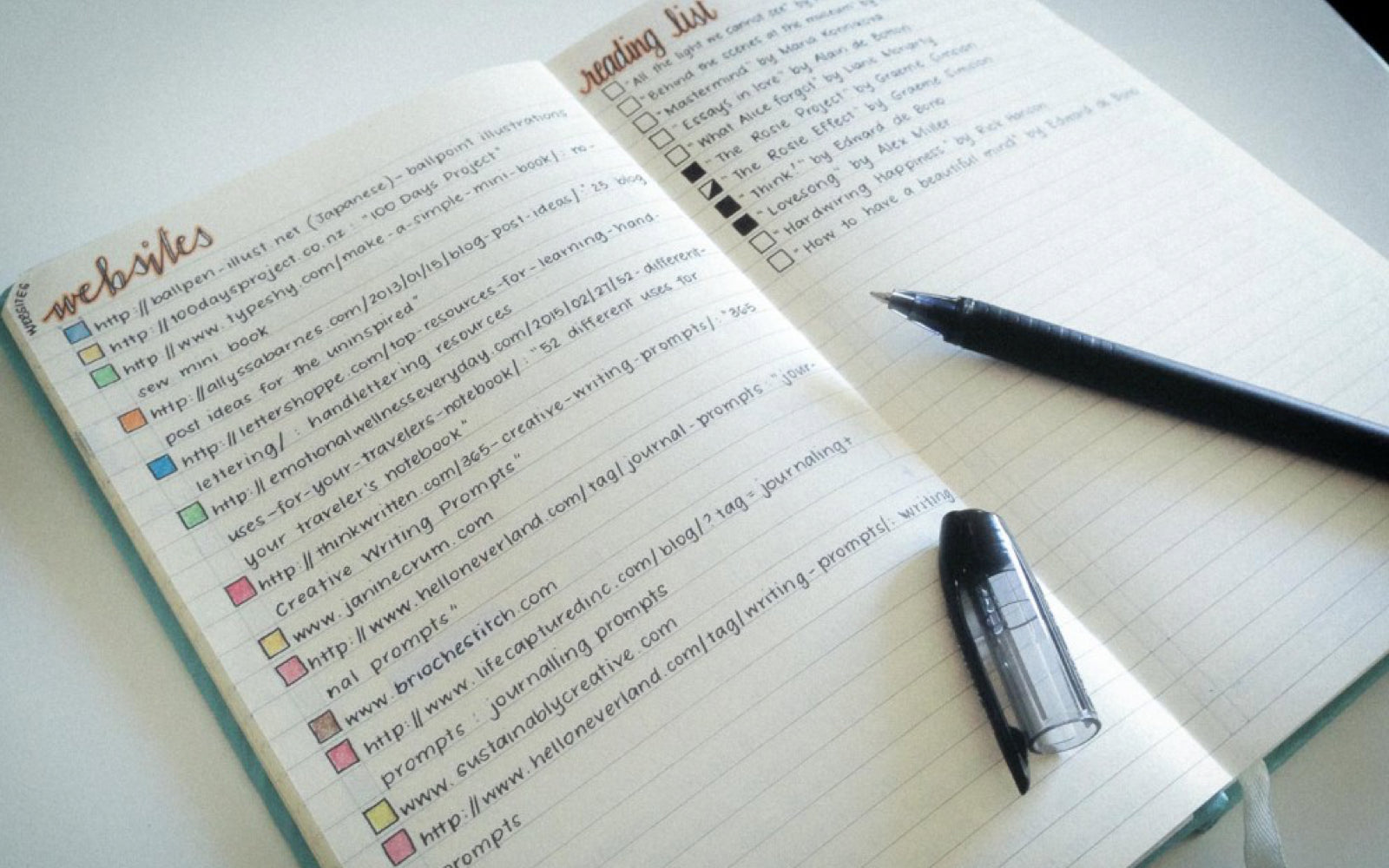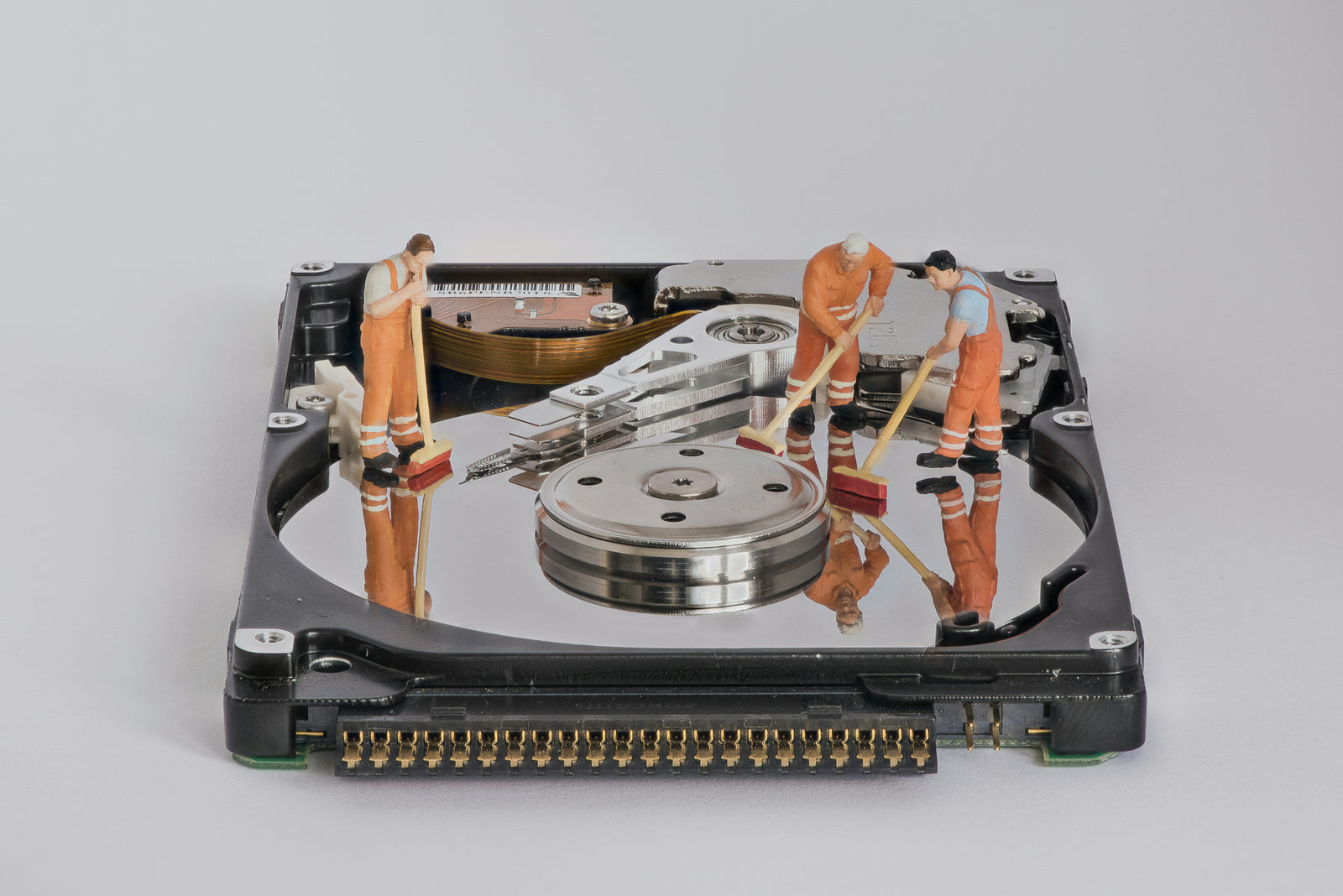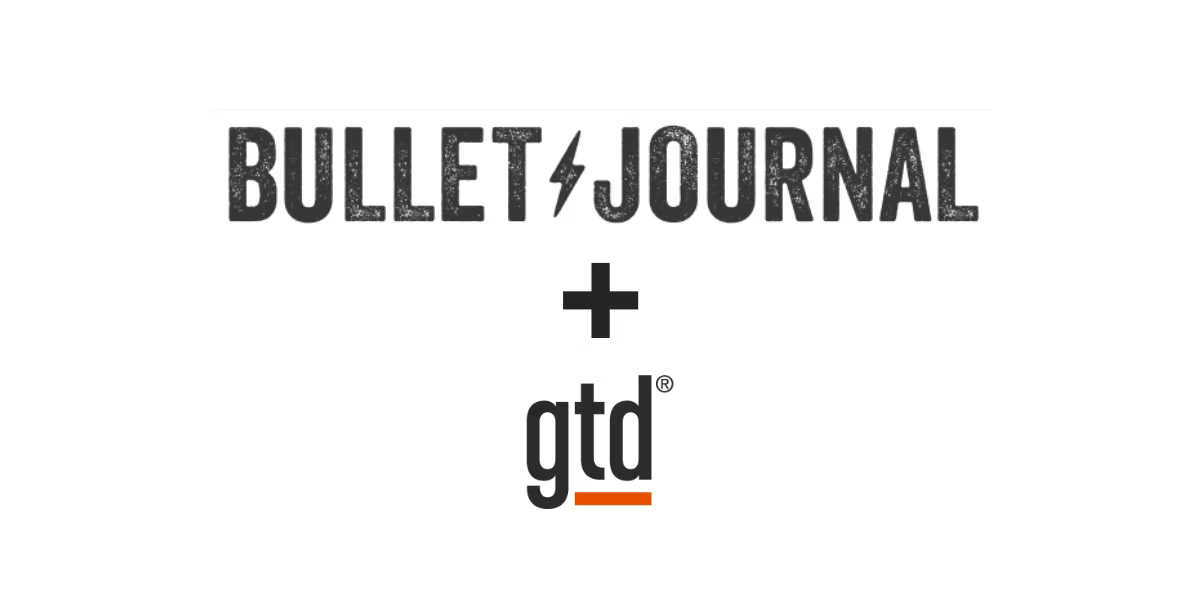Firstly, I’d like to thank Ryder Carroll for the opportunity to share with his readers how I use my bullet journal. He’s developed a planning system that has been dynamic enough to keep up with my ever-changing personal planning pursuits, and has worked a treat as my favourite work planning system. Most of the pictures used for this blog post are actual pages from my personal bullet journal (and yes, that is my handwriting).
The Key
I’m still using some of the original bullets/signifiers first version of the bullet journal – there’s just something about filling in an empty task box that’s more intuitive to me. If you’ve been a regular reader/follower of my social media feeds, you’ll find some of my bullet journal keys floating around, but this is essentially what I use: I’ve had a lot of questions about what the difference is between an event and an appointment. For my purposes, an event is like a birthday party or dinner date, and an appointment is a dental appointment, or doctor’s appointment. For my work bullet journal, I use this appointment bullet (i.e. the triangle) for clients I’m seeing during the day for an assessment or therapy session.
I’ve had a lot of questions about what the difference is between an event and an appointment. For my purposes, an event is like a birthday party or dinner date, and an appointment is a dental appointment, or doctor’s appointment. For my work bullet journal, I use this appointment bullet (i.e. the triangle) for clients I’m seeing during the day for an assessment or therapy session.
The hashtag next to the note is the signifier I use when I’ve transferred that note to a collection and a good way of keeping track of what I’ve already transferred. Because I capture almost everything every day, I find that when I review it at the end of the week, there are some notes that I can put together. For instance, all the websites/books/blog ideas/etc. that I’ve noted down during the day, these can all be made into a collection (see pic above for some example Collection pages). The rest of the bullets are fairly self-explanatory.
Bullet Journal hack
I draw double margins to the left of each page. I know it’s time consuming, but it’s essential for how I plan. I’ve been using this method since the end of 2013, when my poor student budget couldn’t afford a luxurious Leuchtturm1917.
Future planning
I use the iPhone calendar to track events/appointments. I tend not to write this out at the start of each month, like how Ryder does it, but I note down the events/appointments for each day when I review what I need to do. I originally created a calendar foldout that I pasted into the inside cover of my notebook, but I did away with it because it was easier to keep track of events/appointments on the iPhone (and you can set an alarm to remind you!).
Monthly tasks
The only monthly page I have is for tasks. I usually have a daily habit tracker at the top (the example here is a logbook entry a day) that I draw in, and then list all of my tasks below. If a task has a due date, I write the date in the margin (e.g. “10” means it’s due on the 10th of that month). I also look at this page every day and place the date in the margin of when I plan to get the task done. If there’s a new task that comes up in the day that doesn’t need to get done until later on that month, that gets placed in this list with the date in the margin. If it’s a task for the following month, I’ll annotate it differently with “DD/MM” in the margin. 
Daily pages
Below is an example of my daily page. I will write the date in the margin for when I migrate a task to another day. The example here, I migrated two tasks to the 31st of May. If it was for the following month, I’ll write “DD/MM” in the margin. (Here you can also see the hashtag in use – these were quotes placed in my Quotes collection). 
Referencing pages
I don’t use an index, but colour tag my daily bullet journal pages (the grey shaded area on the side of the page), and then write a few words on the top corner for other notes and collections. 
How to Bullet Journal like Dee
When: half an hour before bedtime, usually with a nice cuppa, or if I’m feeling adventurous, a hot chocolate!
Procedure:
-
I’ll fill in the boxes of tasks I’ve completed for the day.
-
I write the date for the following day on the next available line. I’ll refer to this page as my Daily Page.
-
Check my iPhone for any events/appointments that I need to go to for the next day and write these in my Daily Page.
-
List down tasks from the previous day that I’ve migrated to the following day.
-
List down tasks to be completed later in the month in my Monthly Tasks (with the due date in the margin, of course)
-
Run through my Monthly Tasks and write the tasks due or I know I can get done in my Daily Page. This is when I’ll also place an asterisk in the margin for important task.
-
Drink my cuppa, then sleep.
-
During the day, I capture everything from overheard conversations, blogposts, planner printable ideas for my shop, to crazy recipes I want to cook for my husband. This is when I use the interpunction for ‘notes’
-
Repeat steps 1-8
The beauty of the bullet journal is that you can customise it to however it will suit your needs. I tend to keep mine fairly minimalist and distraction-free (i.e. no decorations such as washi tape, etc.), with the occasional embellishment of different typography for a collection heading, but really, it’s whatever floats your boat and keeps you on task in your day-to-day goings-on. Happy planning, everyone!
- Dee Martinez www.decadethirty.com








Leave a comment (all fields required)